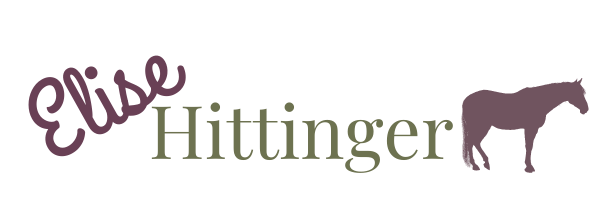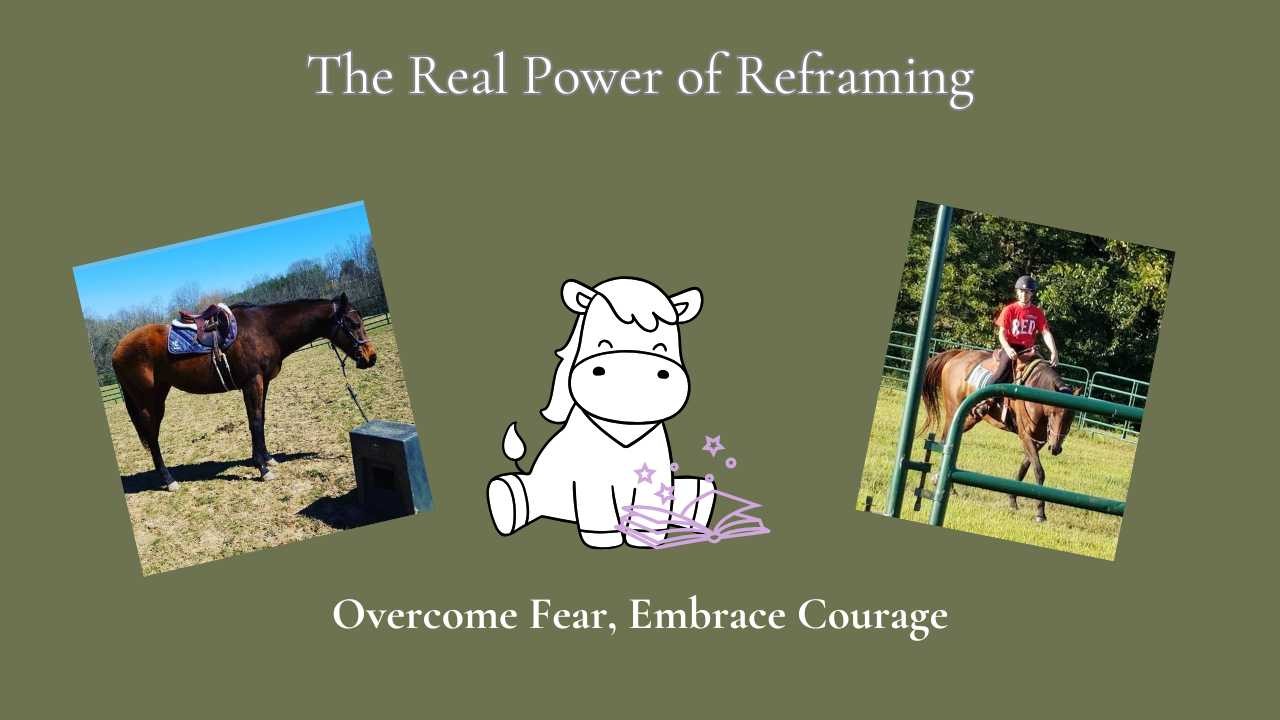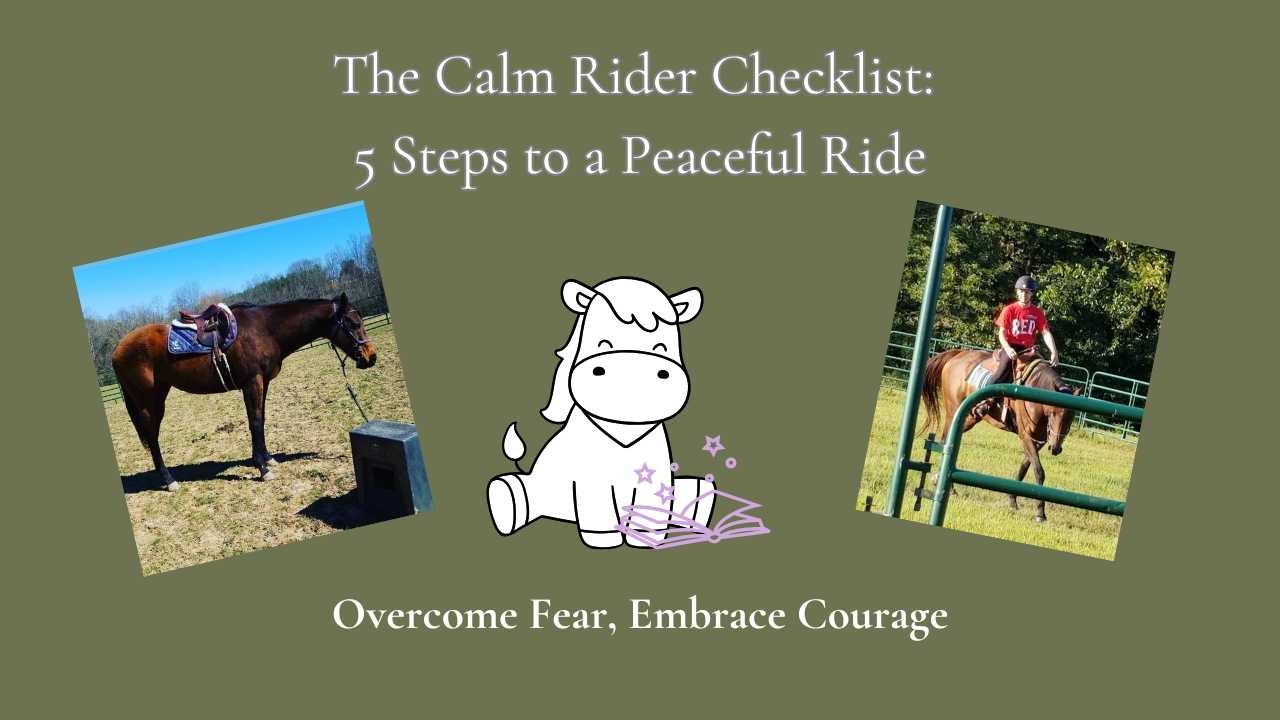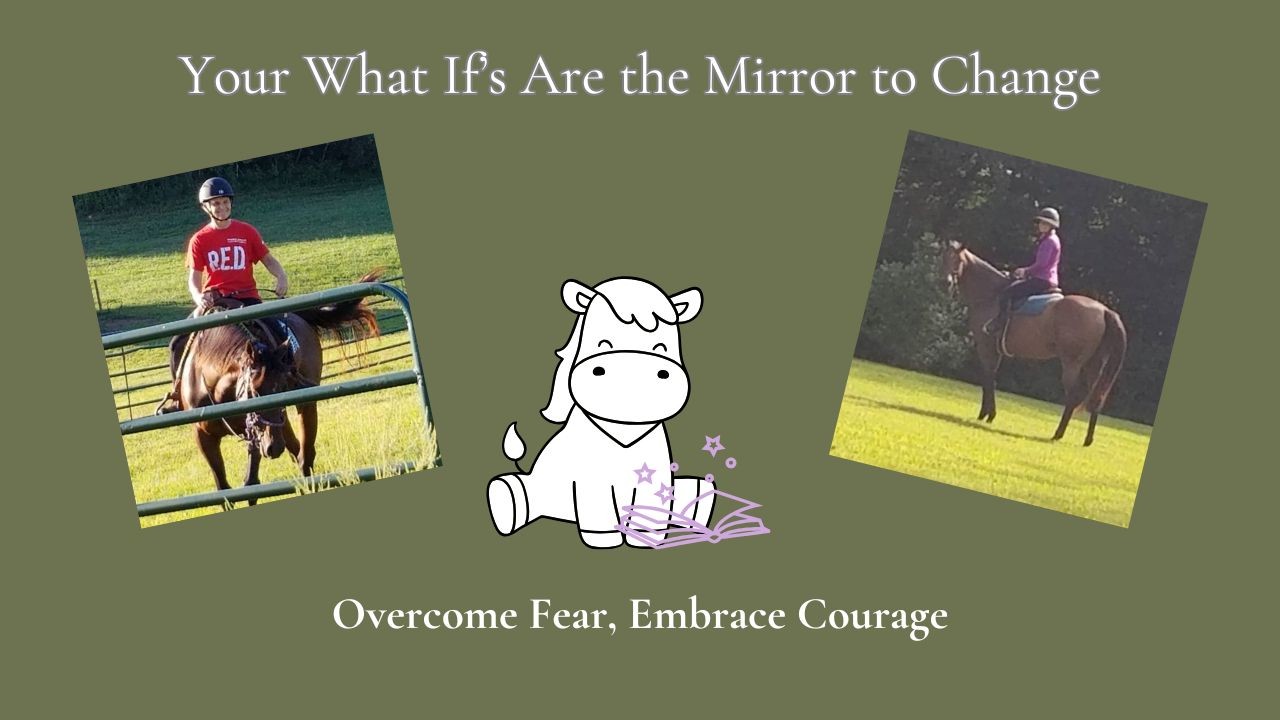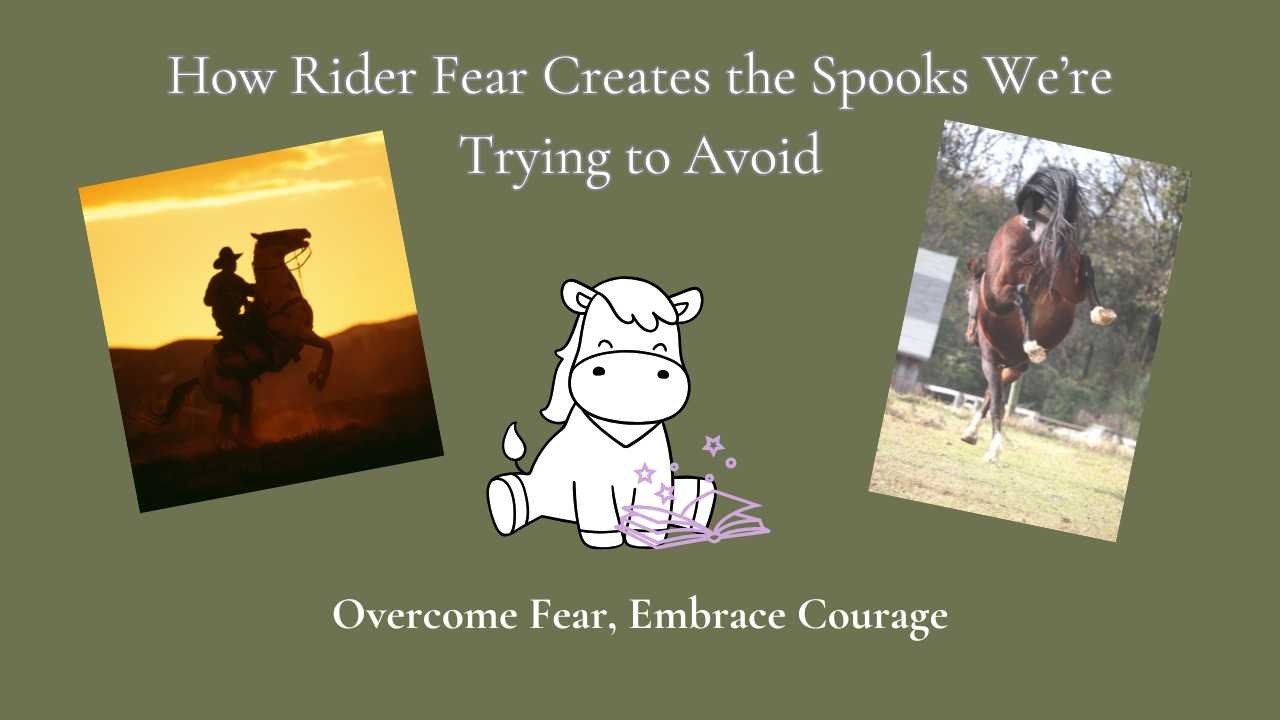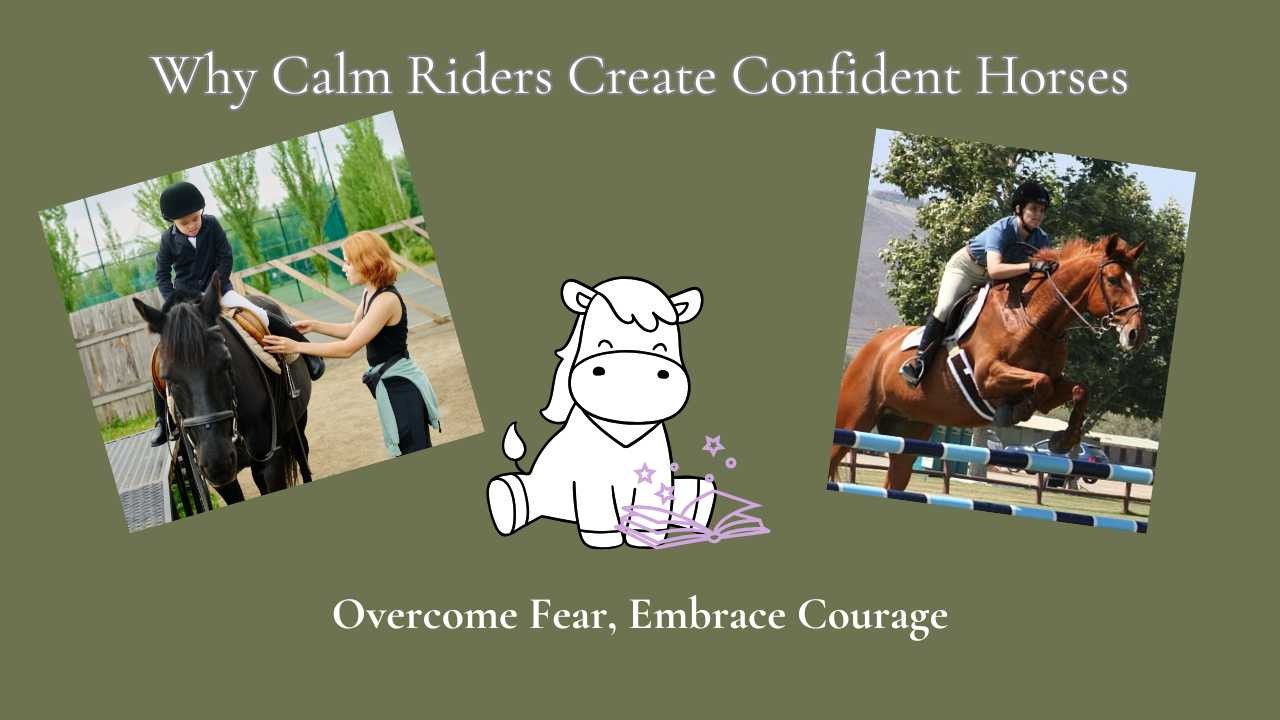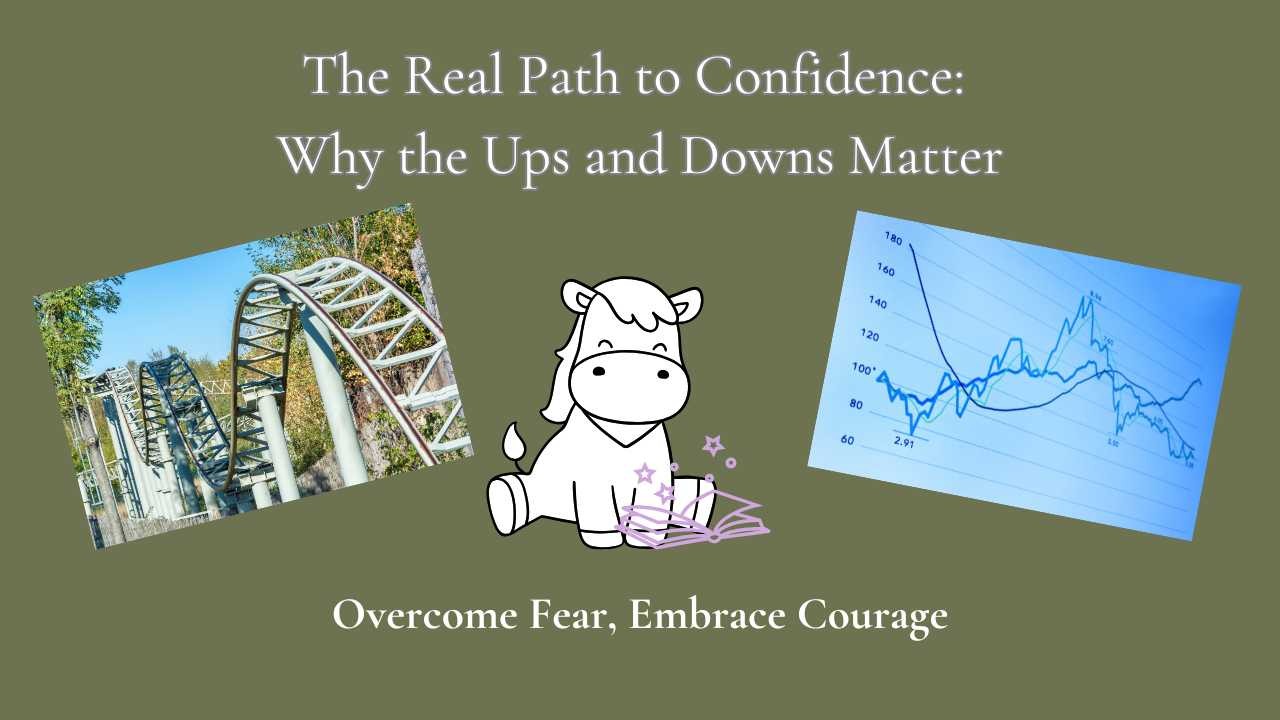
I was curled up in a fetal position, once again laying on the grass instead of on my horses back while he raced around like an escaped convict. I can remember the sun on me feeling so good and the smell of the grass was heavenly. Then the ring crew told me I had to get up and that I couldn't just lay there like a rag doll. The worst part? I had fallen off in front of Bill Gates. The best part, I had a chance to learn from my mistakes.
I had gone into the ring, so scared that I was like a stiff board trying to guide my poor horse jumping his heart out for me. This was one of those down moments that really shaped the depths of anxiety, my first time competing on the Grand Prix field at 1.2M, and it also gave me a peak at what the joy could be as I moved into confidence at that level. I remembered that same anxiety when I had my first competition at .90M. I was terrified. And yet, now, that seemed like a piece of cake with chocolate on top. The anxiety at the lower levels had fallen away and the joy filled me up.
It is important to look at the downs and not just hide them under the rug. Really see what you can learn from them and grow into. Confidence is a muscle that needs to be worked, stretched, reshaped as the anxiety falls away and the confidence builds. The ups and downs matter. They keep us going on our journey to enjoying life instead of sitting on the couch letting anxiety rule our world.
If you’re stuck in one of those “fetal position in the grass” moments—or just feeling like confidence is miles away—I want you to know: you’re not alone, and you don’t have to figure it out by yourself.
I help riders like you turn those tough moments into steppingstones. Together, we’ll create a personalized Calm-Ride Strategy that helps you navigate the lows, celebrate the highs, and build lasting confidence in the saddle.
Ready to see what your next peak could look like? Let’s map it out—grab your free Calm-Ride Strategy Call today.
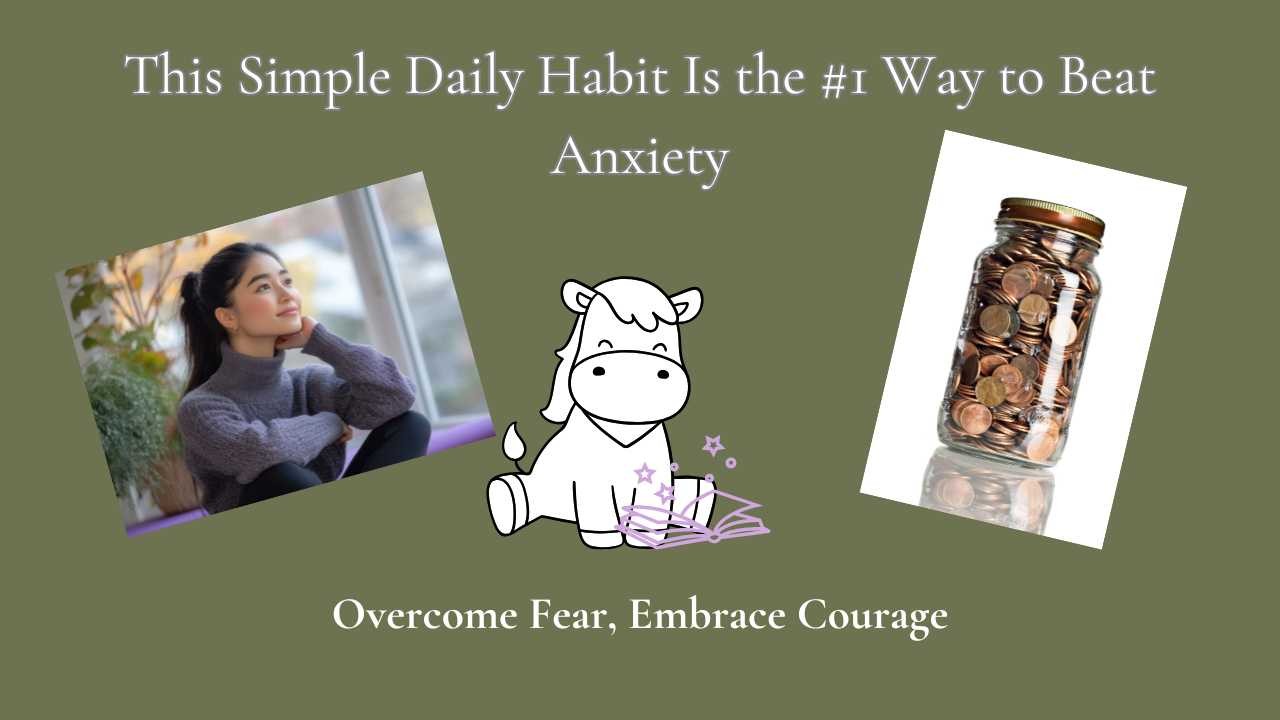
I found my anxiety increasing over the years after my accident. No matter how hard I tried to rebuild my confidence, I felt like a failure. Nothing seemed to work.
What I realized—like many of you—was that I was trying to reclaim my confidence all at once. I knew what it felt like to be confident, but I didn’t think to break it down into smaller steps. I was trying to climb Everest in a day instead of following a process, step by step.
Then everything changed.
I started using something I call Courage Pennies. Not in one giant leap, but in small steps—penny by penny—I began to beat anxiety. I created a daily habit of noticing the little acts of courage and confidence I was doing every day. That habit started small, but it built into the confidence I knew I had inside me.
I share all the details in my free eBook, The Ultimate Guide to Courage Pennies.
👉 Grab your free Courage Penny guide here!
👉 Grab your free Courage Penny guide here!
How to Start Your Courage Penny Habit Today
- Get a pretty jar (or visualize one—but I recommend starting with a real jar).
- Look for small acts of confidence throughout your day. You get to decide what counts. It might be doing the dishes, going for a walk, or even just getting dressed.
- Assign a value—decide how many courage pennies each act is worth and drop that many pennies into your jar (or visualize it filling up).
- Celebrate daily—at the end of each day, look at your jar and reflect. Be grateful for the small steps. Feel how they begin to fill you up and gently push the anxiety out. This part is crucial.
You can do this, I believe in you!
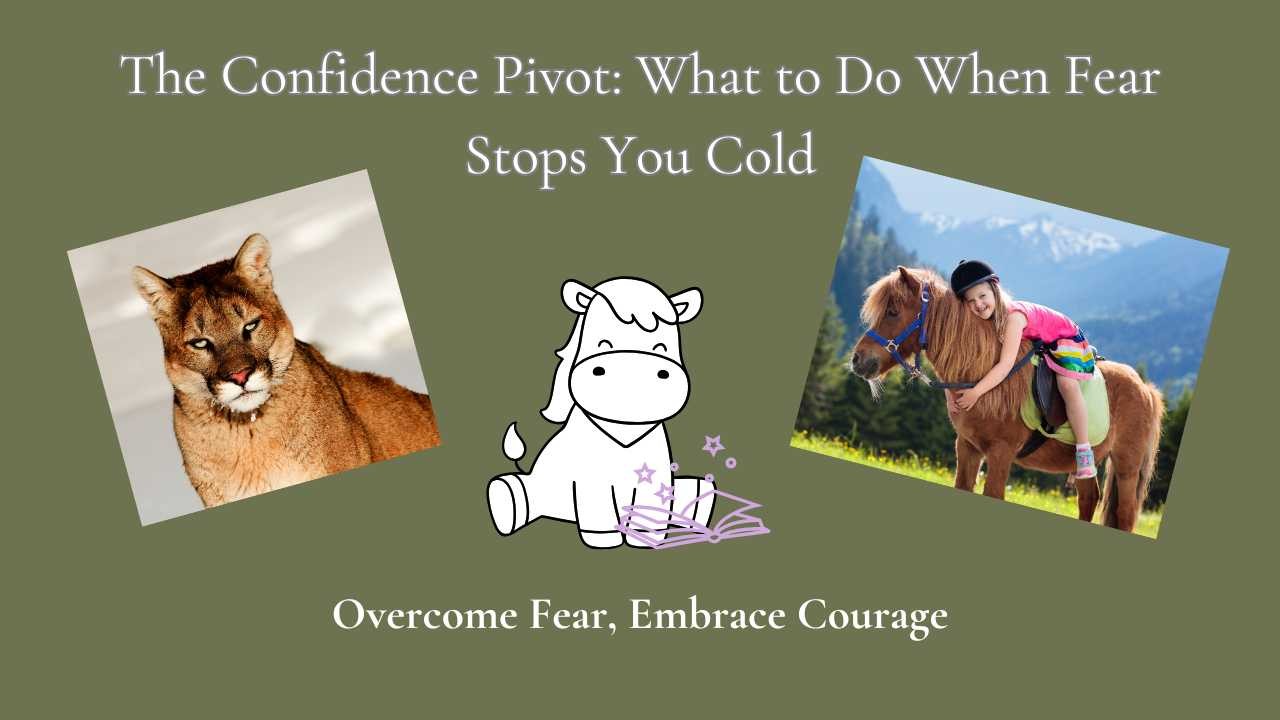
There’s a moment—maybe you’ve felt it—when fear hits so hard your body freezes. Your brain goes offline. Your breath disappears. And all the confidence you thought you had? Gone.
I’ve been there.
Years ago, a mountain lion jumped onto the back of my pony while I was riding. It missed me by inches, but ripped out part of her tail. I didn’t fall off. I didn’t scream. I was frozen to her neck. But I stayed on. I survived. And in the aftermath, something shifted.
I realized: I can ride!
I had faced the worst-case scenario—and I was still here.
That’s the confidence pivot.
It’s the moment when fear tries to shut you down, but something deeper rises up. Not bravado. Not perfection. Just presence. Just proof.
Most of us wait for confidence to show up after we’ve succeeded. But the truth is, confidence is born in the pivot—when fear stops you cold and you choose to move anyway.
You don’t need to face a mountain lion to find it. You just need to notice the moment when fear tightens its grip to stop you. That’s your cue.
Pause.
Breathe.
Ask: "What do I know? What have I already survived?"
Confidence isn’t loud. It’s quiet and steady. It’s the whisper that says, “You’ve done hard things before. You can do this too.”
The next time fear shows up—on the trail, in the arena, before a big call—remember this is your pivot point. The exact place where fear wants to stop you, is the doorway to everything confidence can unlock.
You don’t need to be fearless. You just need to remember who you are, and that you have already done it.
✨ Want more tools to help you pivot from fear to clarity? Grab my workshop in eBook form: The Confidence Blueprint—9 Powerful Principles to Rebuild Your Confidence.
Just $17. No travel, no pressure—just powerful insight, right where you are. Get your copy here!
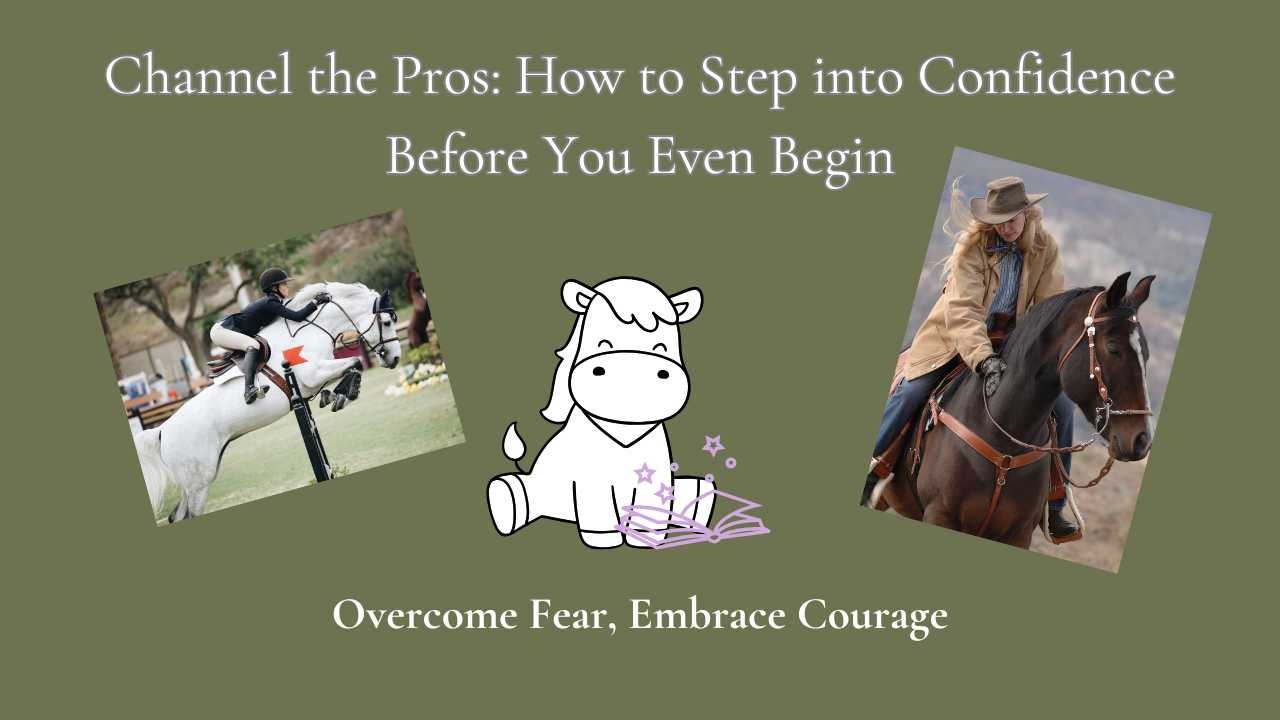
My horse was having a challenging day. You know the kind—ears tight, energy buzzing, and my own anxiety rising fast. I could feel my brain starting to shut down, that familiar fog creeping in. And then, out of nowhere, a thought popped into my head:
“What would Carson James do?”
Instant shift.
I wasn’t just thinking about Carson—I was channeling him. His calm. His clarity. His ability to assess, adjust, and act without drama. And just like that, my anxiety faded. My brain came back online. All the things I’d learned, all the tools I’d practiced—they were suddenly accessible again. I just needed to execute.
And I did. I had a great ride.
This is the confidence hack most riders (and coaches, and creatives) miss. We wait for confidence to show up after we’ve succeeded. But the pros? They summon it before they begin.
They ask, “What would my best self do here?” They channel that energy. They lead from it.
The great news? You can do this ahead of time—before you even walk into the barn. Pick your favorite trainer and walk in their shoes. The imagination we had as kids comes in handy here.
Pretend to be your favorite trainer.
Imagine stepping into their mindset. The one who handles chaos with grace. The one who doesn’t rush, doesn’t react—just responds and knows what to do.
Confidence isn’t about being fearless. It’s about remembering who you are and what you know—then choosing to lead from that place.
You don’t need more information. You need access to what you already know.
So go ahead. Channel the pro. Your brain—and your horse—will thank you.
✨ Want more tools to overcome anxiety and ride with clarity? Grab my workshop in ebook form: The Confidence Blueprint—9 Powerful Principles to Rebuild Your Confidence. For a limited time, it’s just $17. No travel, no pressure—just powerful insight, right where you are. Get your copy here!
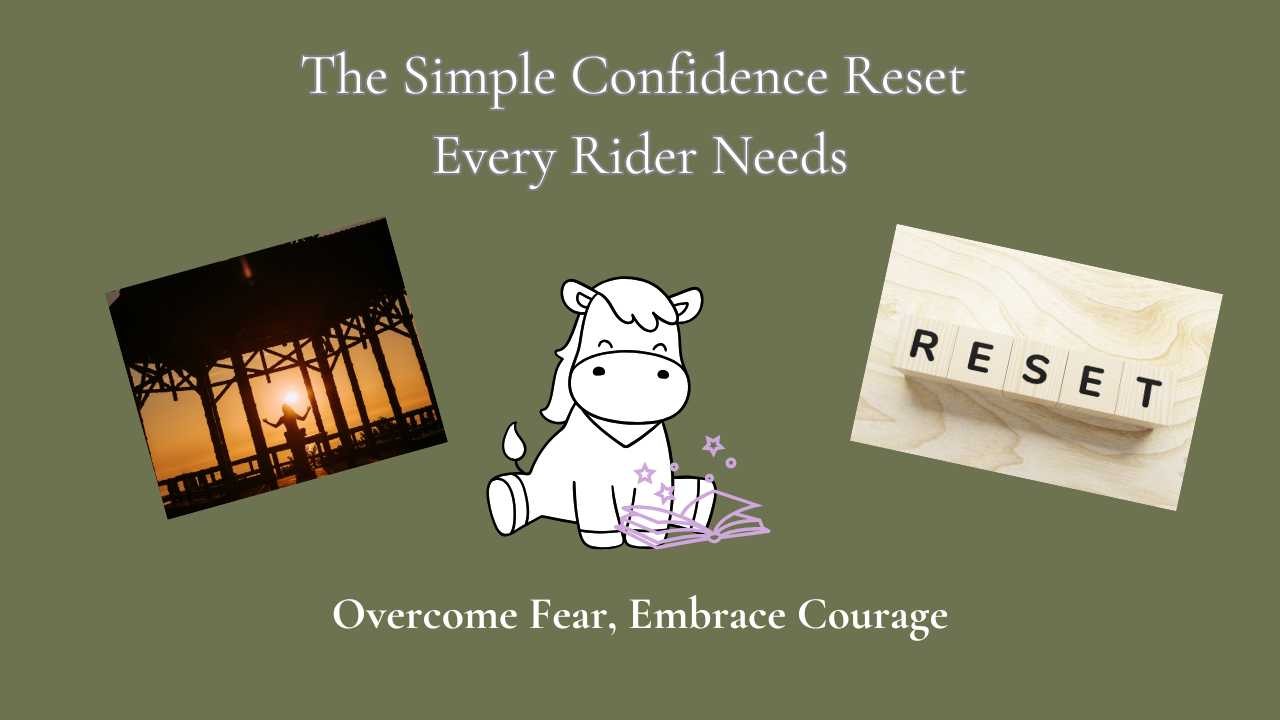
When anxiety or nerves creep in while you ride, your body knows it before your mind does. Shoulders tighten, breath shortens, and suddenly your horse feels that tension too. The harder you try to “push through,” the louder the fear seems to get.
That’s why I love the 3x3x3 Confidence Reset—a simple tool you can use anytime, anywhere, to calm your nervous system and bring your focus back. It’s quick, it’s practical, and it works even in the middle of a ride.
Here’s how it works:
Step 1: 3 Breaths
Pause and take three slow, deep breaths. Inhale through your nose, exhale through your mouth. Feel your shoulders drop a little lower each time. This step tells your body: “We’re safe.”
Pause and take three slow, deep breaths. Inhale through your nose, exhale through your mouth. Feel your shoulders drop a little lower each time. This step tells your body: “We’re safe.”
Step 2: 3 Things You See
Look around and name three things you can see. The fence post. The saddle horn. Your horse’s ears. Naming them out loud helps your brain shift from “what-if” thoughts to what’s real, right here, right now.
Look around and name three things you can see. The fence post. The saddle horn. Your horse’s ears. Naming them out loud helps your brain shift from “what-if” thoughts to what’s real, right here, right now.
Step 3: 3 Things You Feel
Notice three things you can physically feel. The leather reins in your hands. Your seat in the saddle. Your feet pressing into the stirrups. Grounding through sensation reconnects you to your body and steadies your presence.
Notice three things you can physically feel. The leather reins in your hands. Your seat in the saddle. Your feet pressing into the stirrups. Grounding through sensation reconnects you to your body and steadies your presence.
In less than a minute, this reset interrupts the spiral of anxious thoughts and gives your horse a calmer, more confident rider. And here’s the best part: the more you practice it, the faster your nervous system learns to respond. Eventually, confidence becomes your default, not fear.
I know firsthand how quickly confidence can be hijacked and how long it can take to rebuild. My own journey took me nearly twenty years—but it doesn’t have to take that long for you. With the right tools, like this reset, you can fast-track your calm and reclaim the joy of riding.
If you’re ready to take the next step and discover the tools that work best for you and your horse, let’s talk. Book your free Calm-Ride Strategy Call today, and let’s start filling your ride with confidence instead of fear.
